Chat with a painter, contractor, architect, carpenter, or really any other professional in the construction industry about a home project and you may be surprised to hear Filipino words you’ve not encountered until then. Palitada, umido, and hamba—do you know what these words mean? Today we test how familiar you are with Filipino construction and painting jargon! Take this quiz and see.
Handa ka na ba?
What is umido?
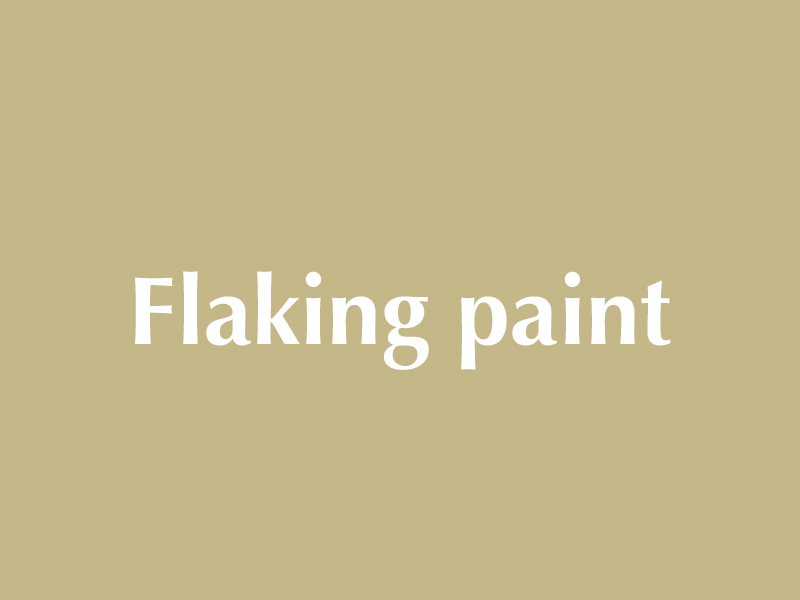
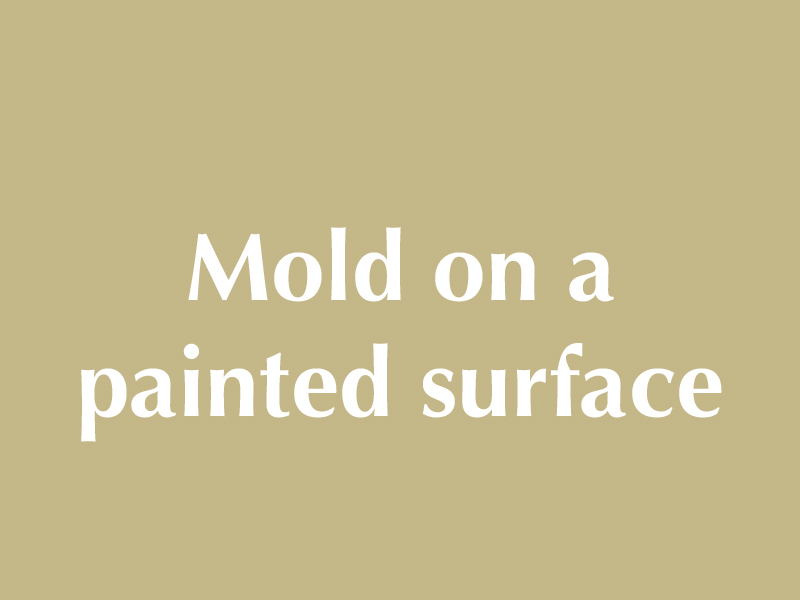
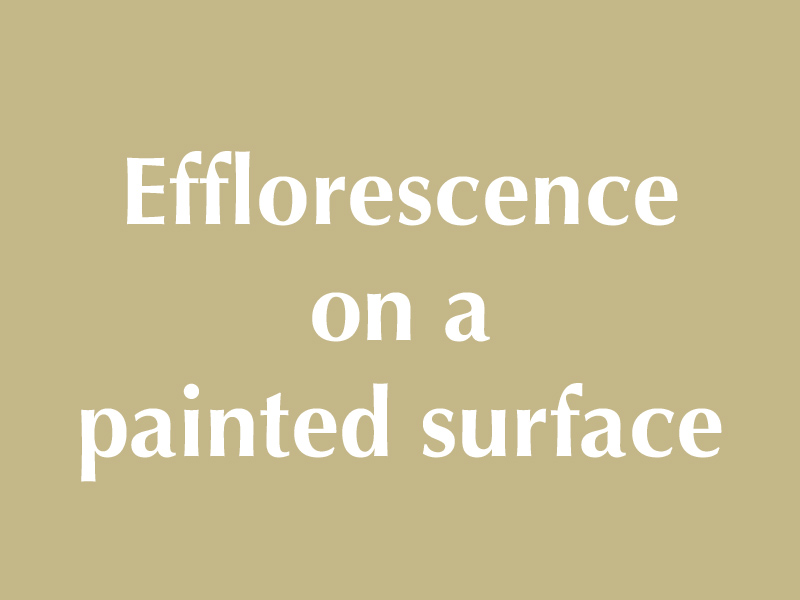
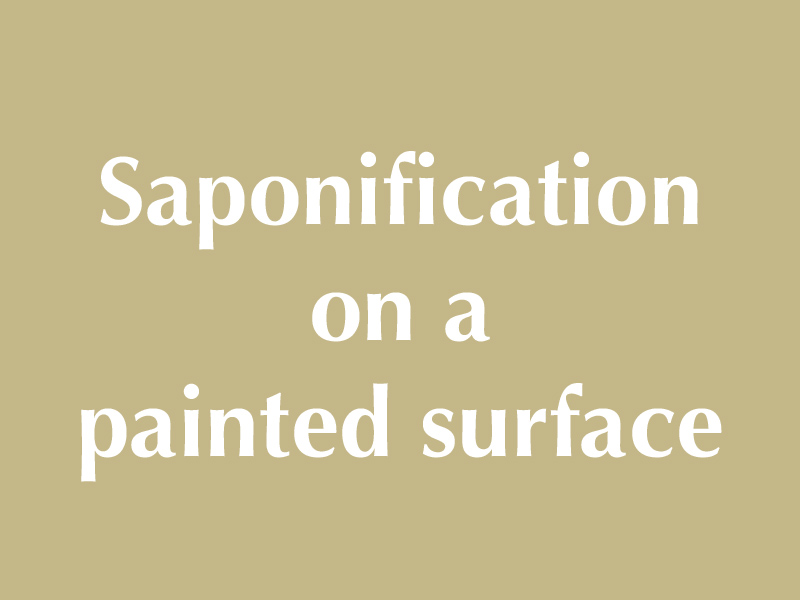
Umido, or efflorescence in English, is a common painting problem. You’ll notice it as white, crusty- or fuzzy-looking residue on your wall. It’s caused by water passing through concrete and then evaporating. As the water evaporates, it leaves behind salt deposits which is what you’re seeing on your previously spotless paint job.
Use Filipino construction jargon to say “to plaster using a trowel.”
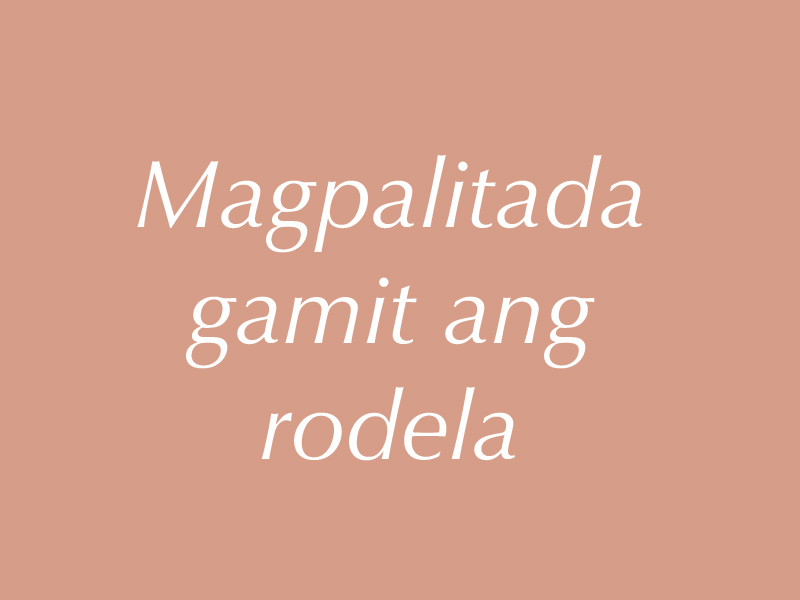
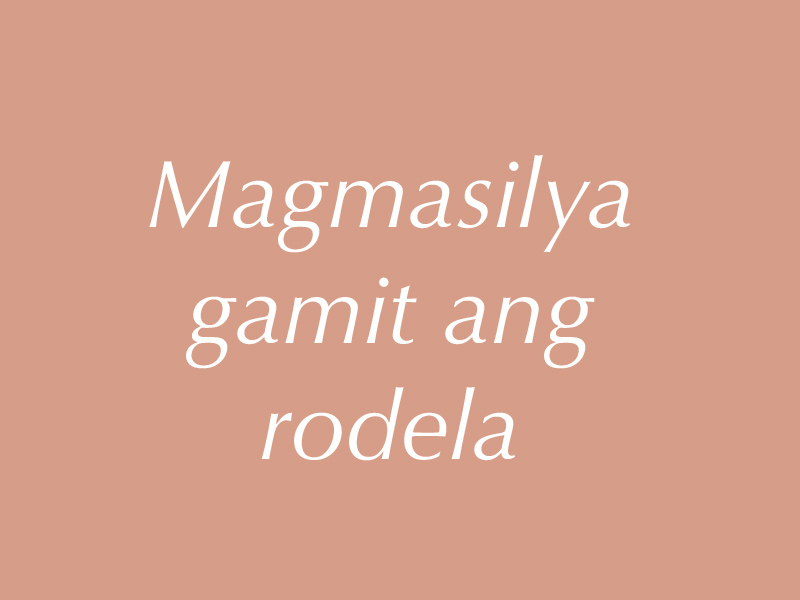
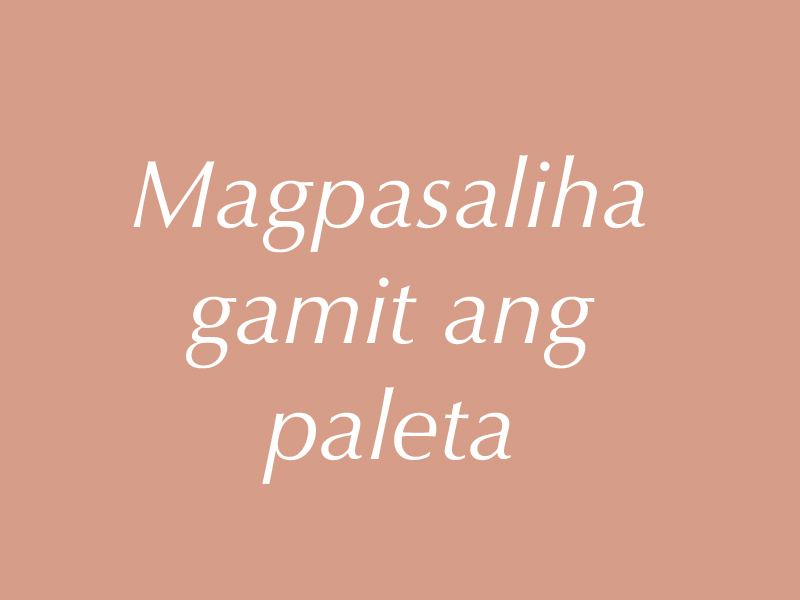
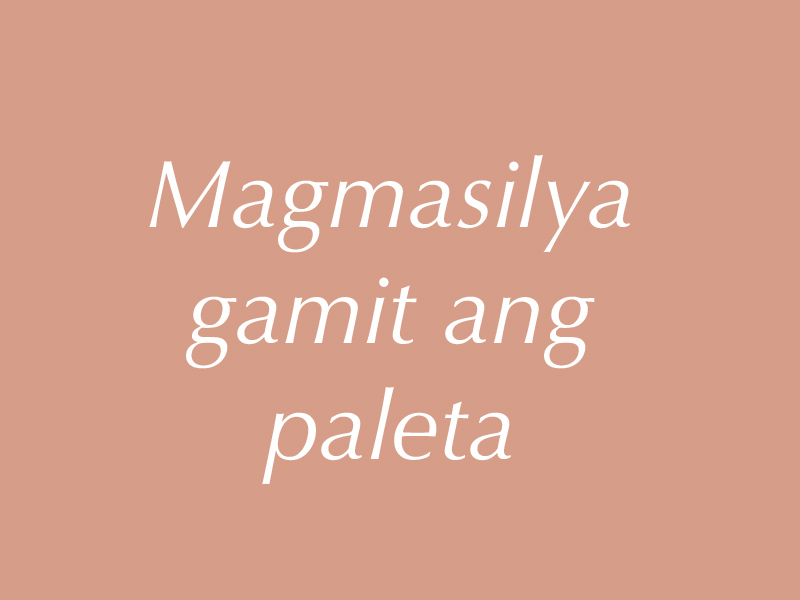
Magpalitada gamit and rodela is to plaster using a trowel in English. Plastering is done to correct defects on bare concrete walls and ceilings using plaster such as skimcoat. For example, Konstrukt Permaplast K-201 High-Performance Acrylic Skimcoat can correct honeycombs, waviness, and plumbness (that are 2 mm to 3 mm in thickness) and provide a smooth finish for beautiful looking walls.
Kabisada—what is it?
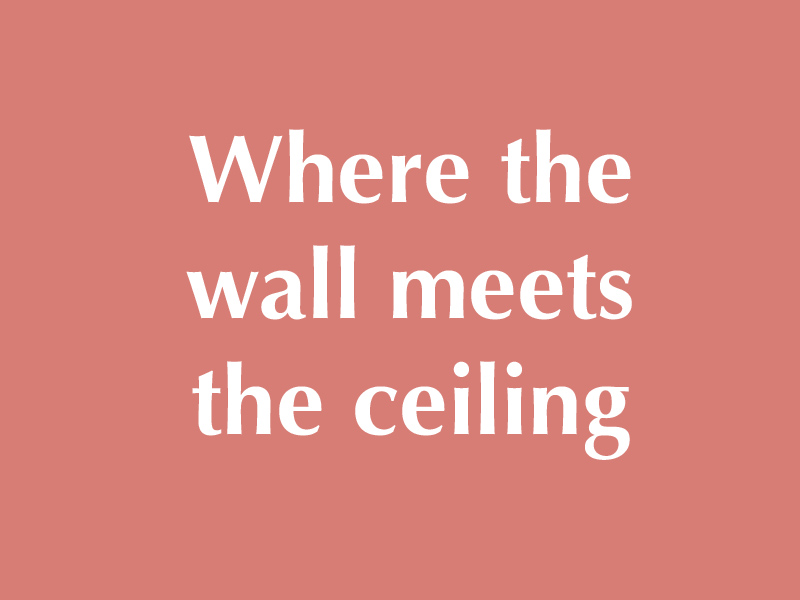
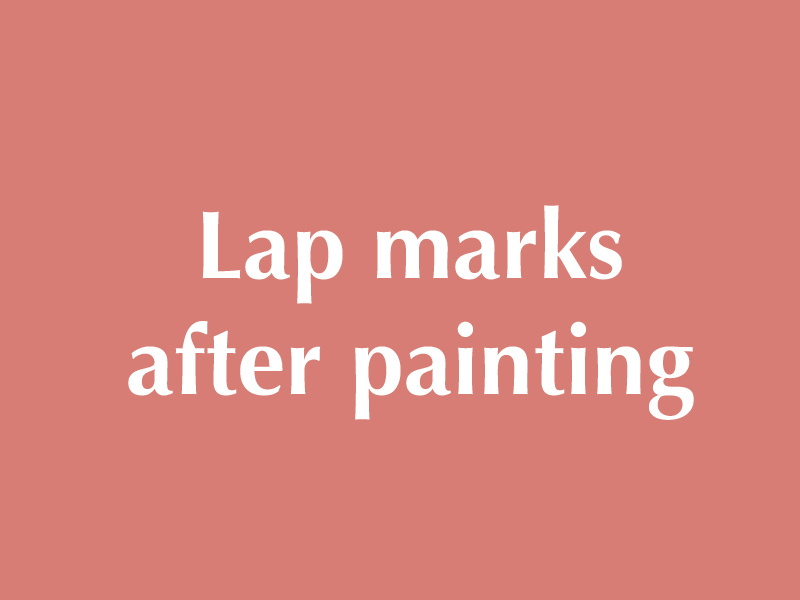
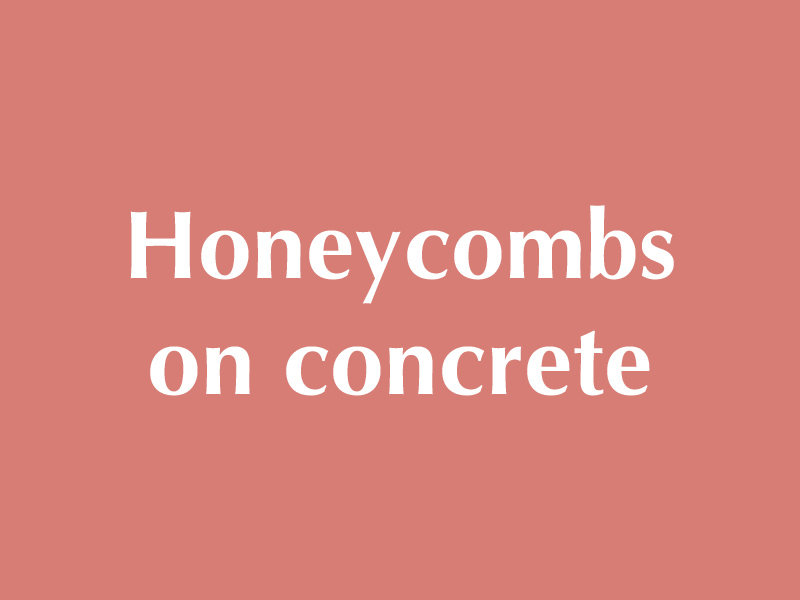

Kabisada are lap marks—and you don’t want to see them on your newly painted wall. Lap marks refer to the difference in color and sheen of paint on a surface typically caused by wrong paint application. In particular, it often happens when wet paint is applied on already dried paint causing a clear-cut line that is visible through the coating.
Your new concrete wall needs painting but the contractor or painter says, “kailangan muna lasunin.” What do they mean by this?
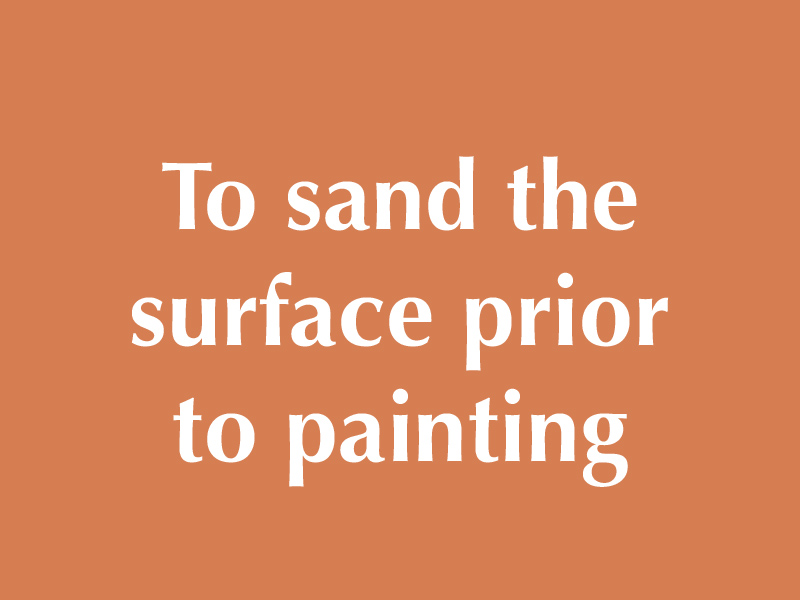
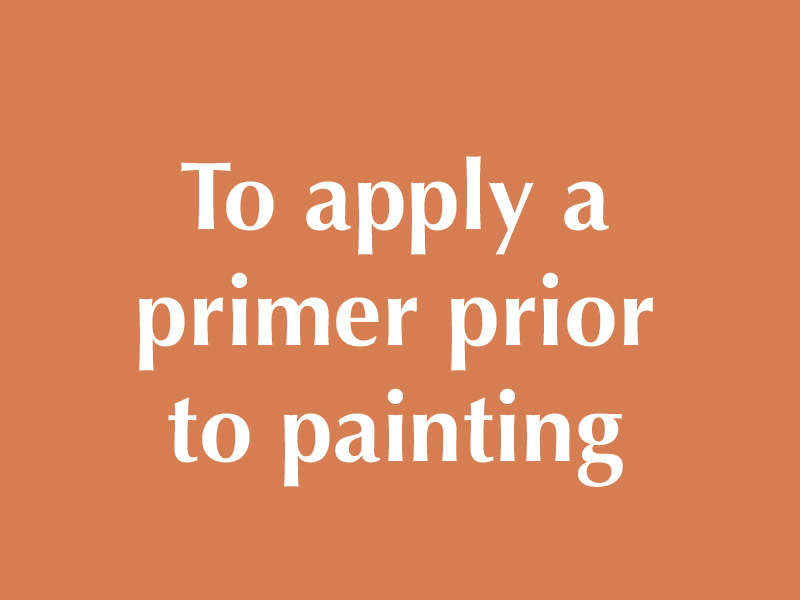
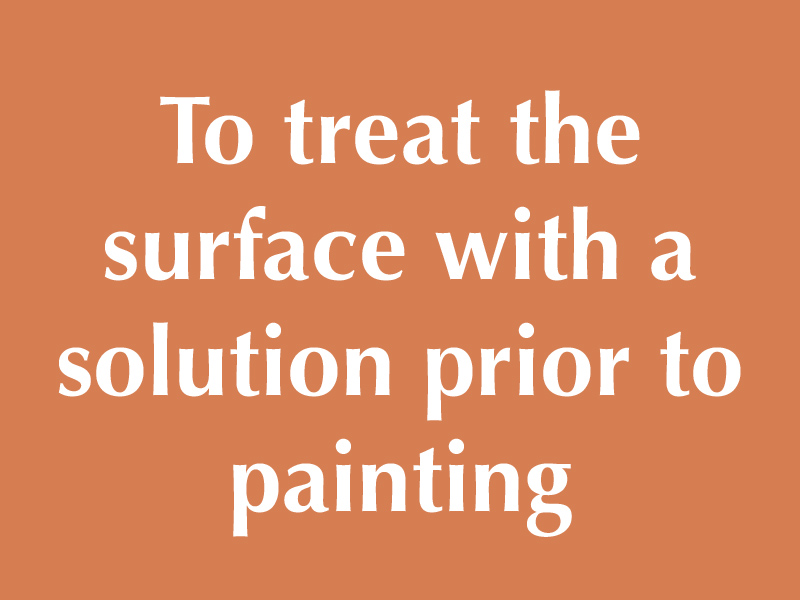
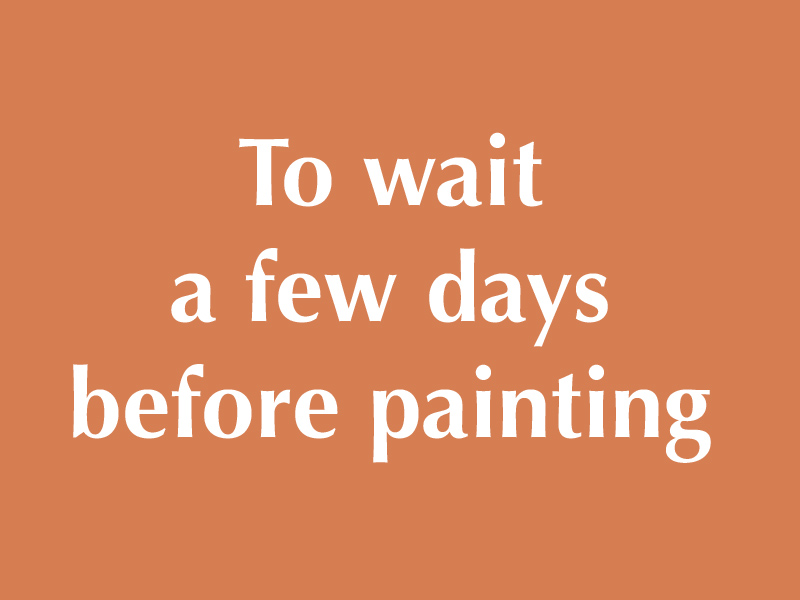
New concrete walls need to be neutralized as part of surface preparation before painting. Neutralizing, or paglalason, prevents efflorescence (as discussed previously, efflorescence is when white unsightly residue appears on the surface of your wall). Paglalason is part of surface preparation which ensures that the surface you're working with is in the proper condition to be painted. Learn more about surface preparation of different substrates here.
Hamba—what is it?
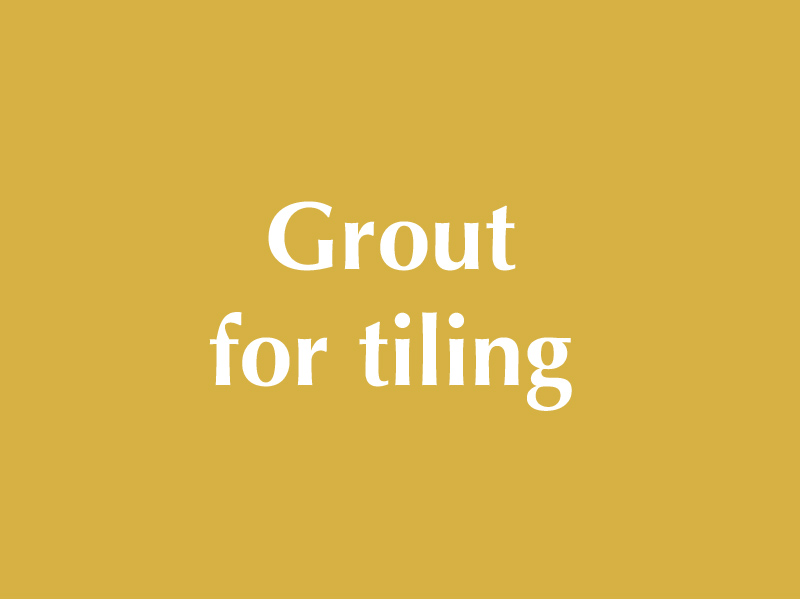
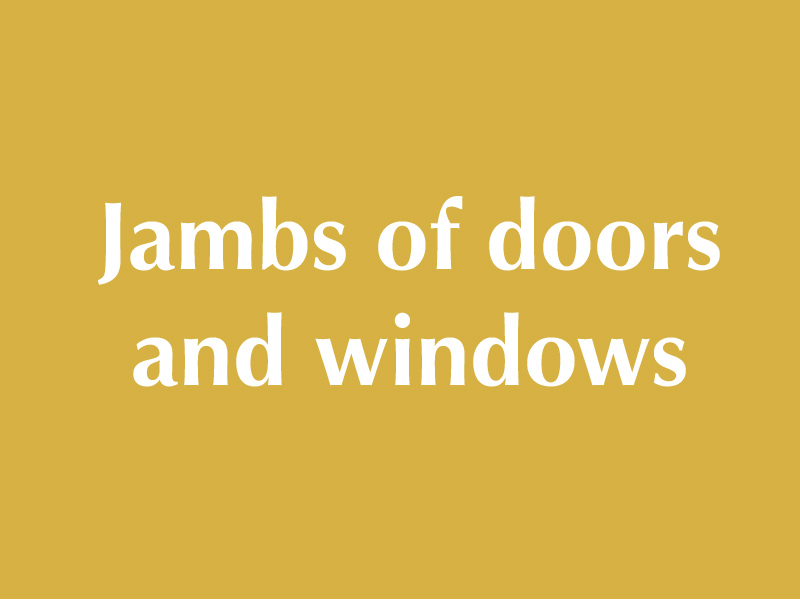
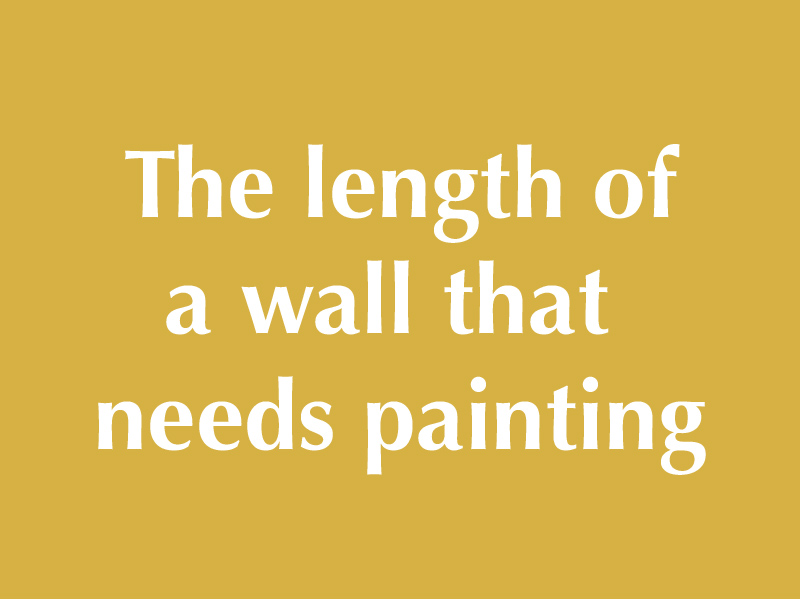
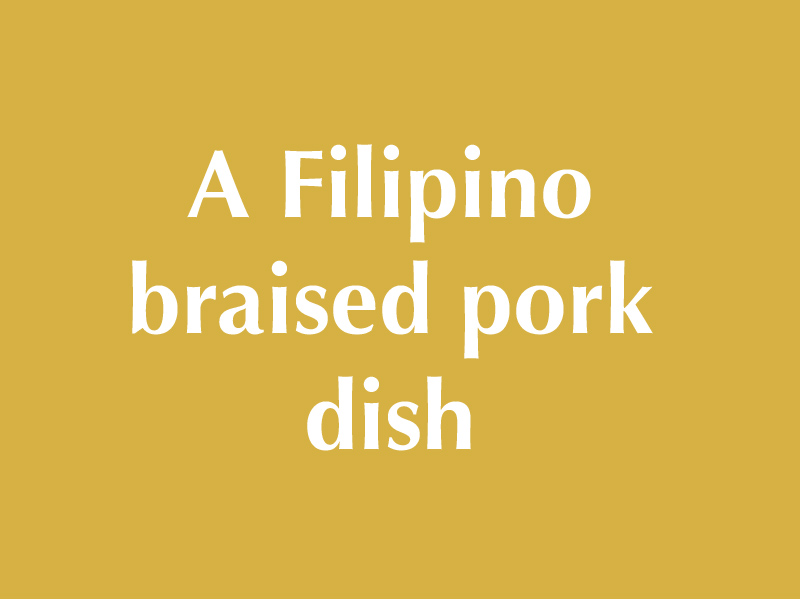
Hamba refers to the frame surrounding a door or window—commonly called jambs. It can be wood, metal, or even plastic (PVC). Door jambs can come in the same color as the door (and sometimes even the wall surrounding it) or painted in a different hue to add visual interest to a room.
Masilya—what is it?

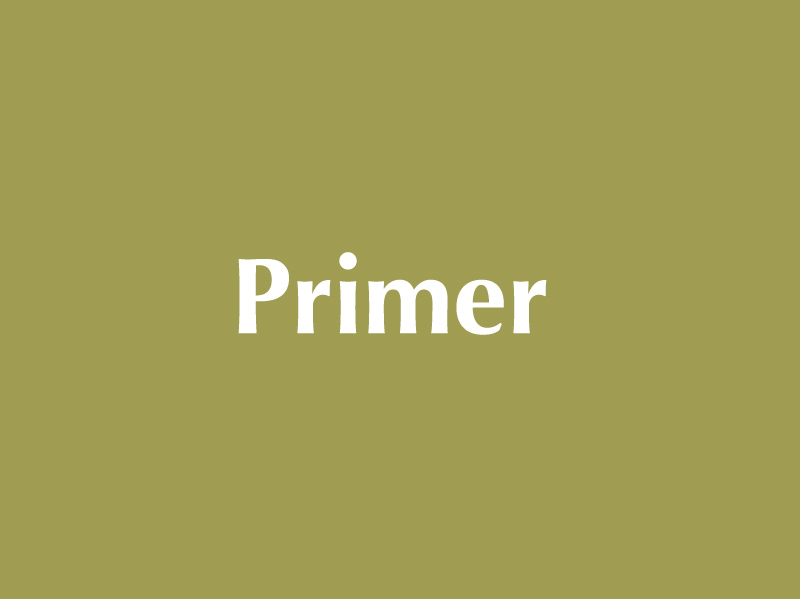
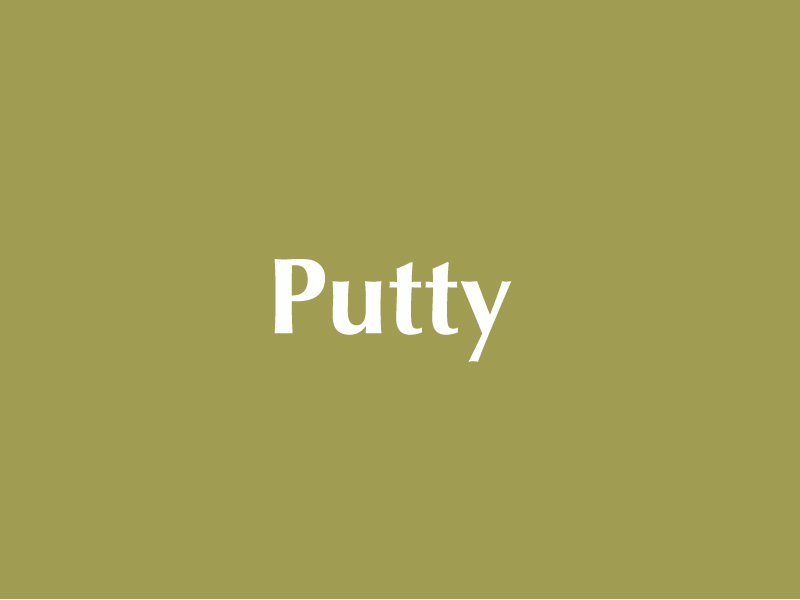
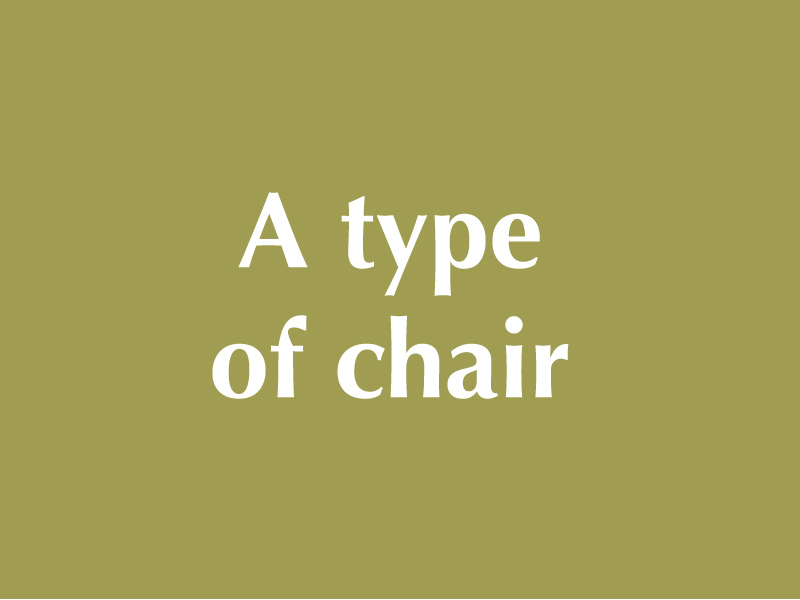
Some use palitada and masilya interchangeably, but don’t be mistaken. Though they both correct defects, they’re different things. Palitada is plaster (as previously discussed) and masilya is putty. Putty is a product used to correct minor surface unevenness and hairline cracks. It’s applied during the painting process and plaster is applied during surface preparation (a.k.a. before the painting process).
Kumulong pintura—yikes, sounds bad. What is it though?
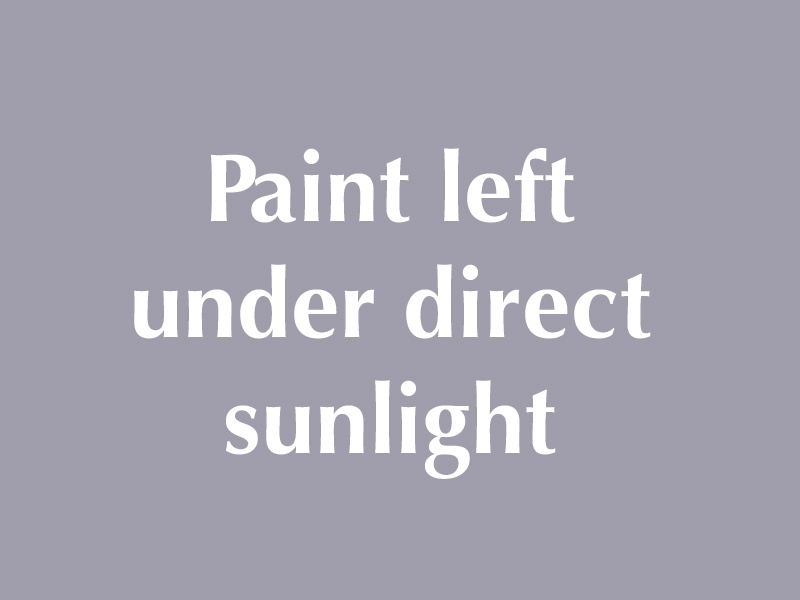
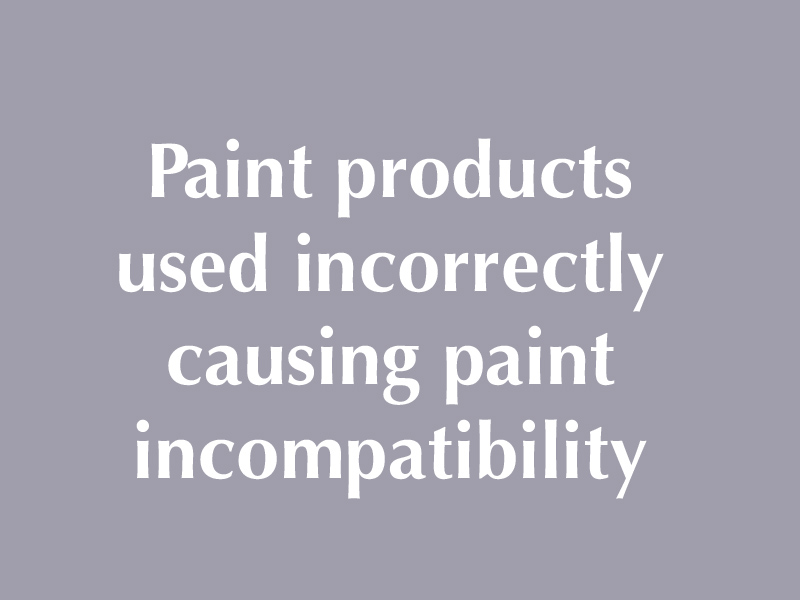
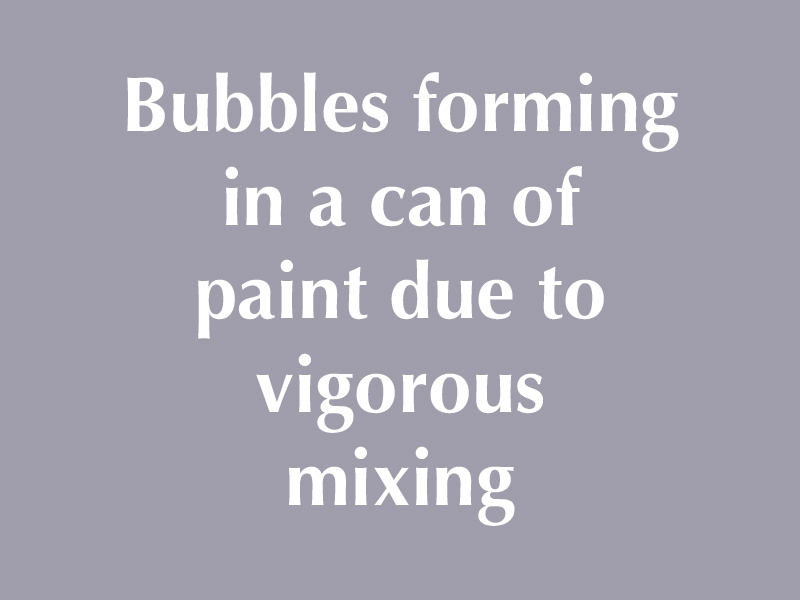
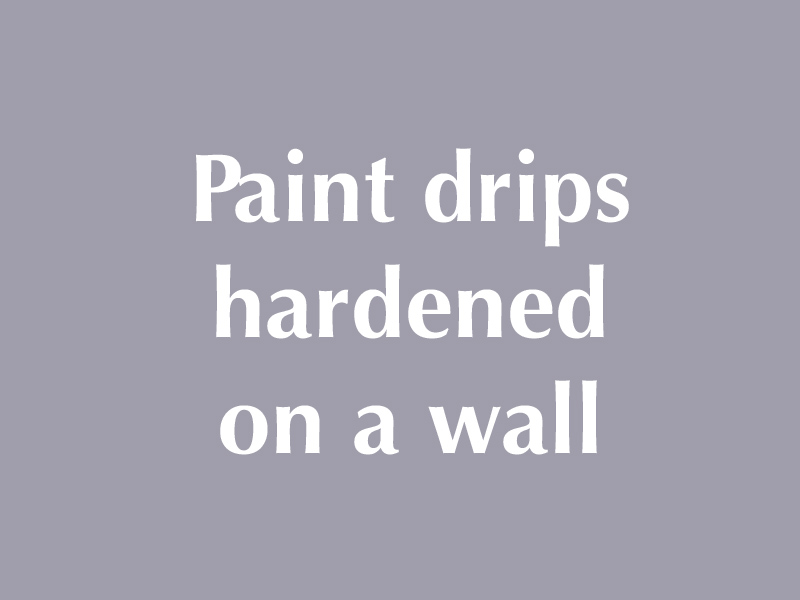
Kumulong pintura happens due to paint incompatibility. Several things can cause kumukulong pintura which, in a nutshell, is a term used by painters and contractors to describe adverse reactions resulting from the wrong use or application of paints.
Applying enamel paint for wood and metal surfaces on concrete will result in paint that will remain sticky even days after application. Applying solvent-based paint on top of water-based paint will very likely destroy both layers of paint. Both are examples of kumulong pintura or paint incompatibility.
Here’s an easier one. What is pasaliha?
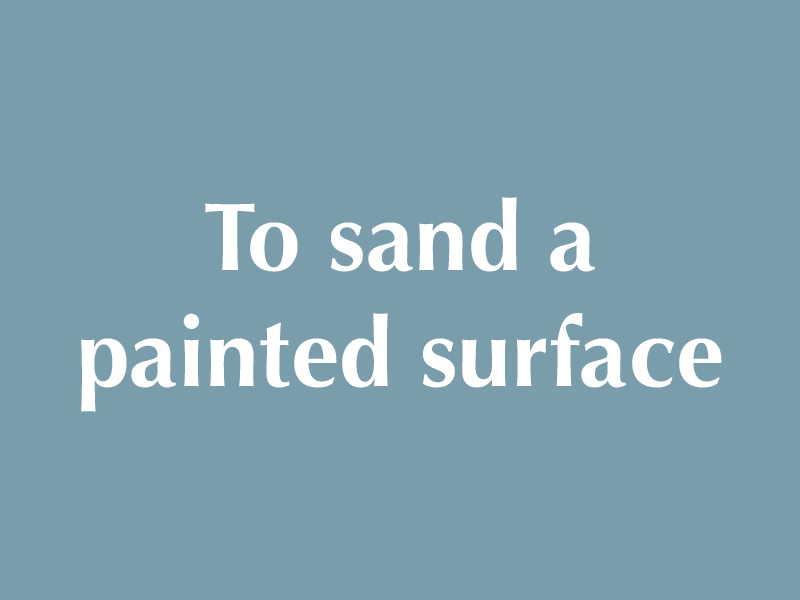
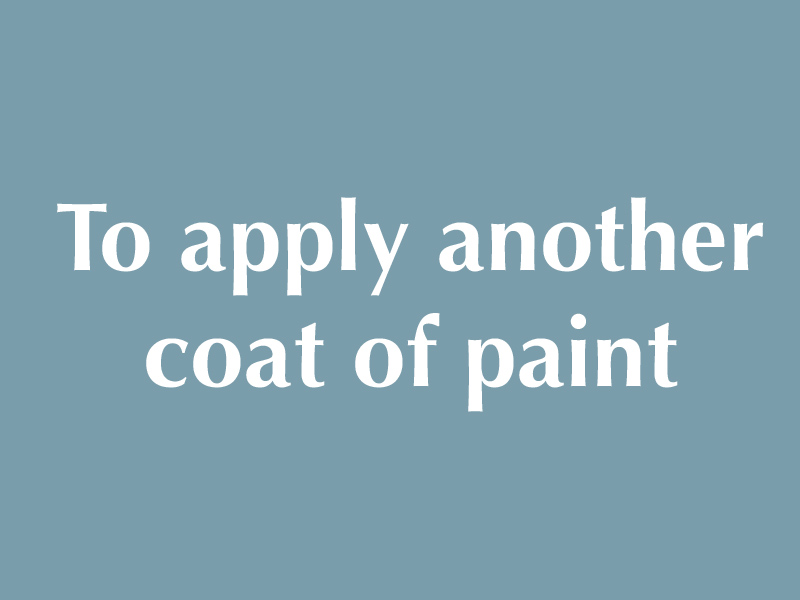
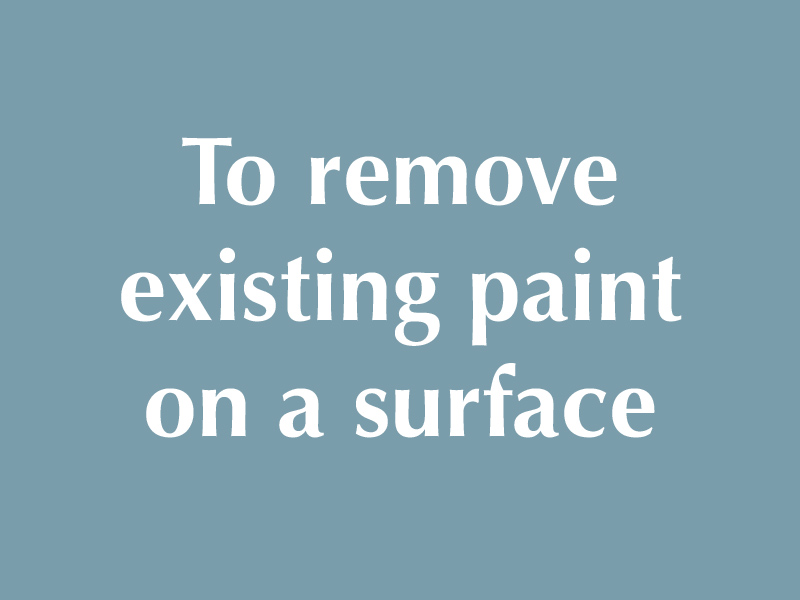

Pasaliha is a term derived from the shortened PASAdahan ng LIHA. It means to lightly sand a painted area to improve intercoat adhesion.
Share results:
Handa ka na ba?
Enjoyed this quiz? For more, head over to Let It B’s Fun & Games section for more!




